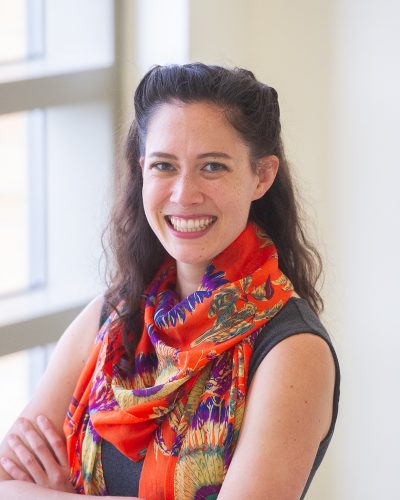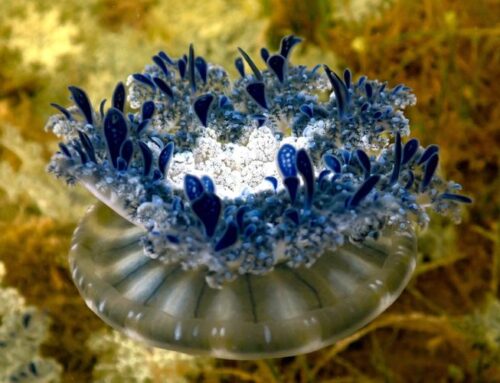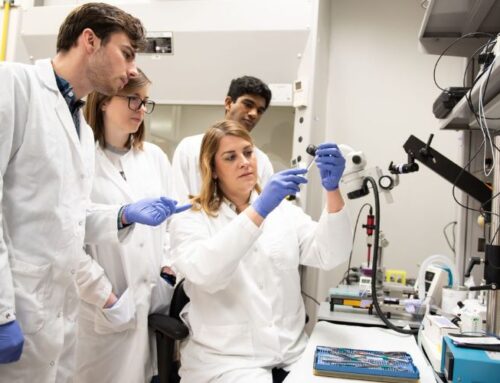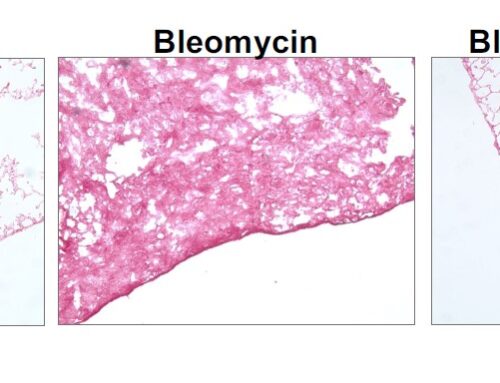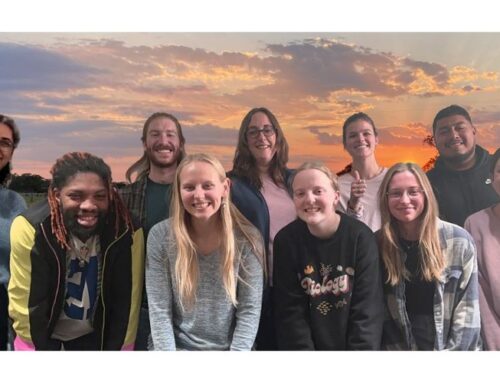This month’s Graduate Student Spotlight highlights Amy Tan. A Ph.D. Candidate in the Riley lab, Amy studies inner ear development in zebrafish. Amy studies transcription factors regulating sensory and neural parts of the ear, and recently won the Doctoral Category of the TAMU 3 Minute Thesis Competition where she presented a three minute synopsis of her dissertation work. Learn more about Amy and her work in this month’s Spotlight below.
Amy Tan
I am a third year PhD candidate in the Riley lab, originally from Loma Linda, CA. I earned my B.S. in Biology and M.S. in Biology from Walla Walla University in College Place, WA. Following my masters, I worked briefly at Alnylam Pharmaceuticals in Cambridge, MA. Since I had seen both ends of the west coast (having grown up in southern CA) and then New England, I decided it was time to visit the central/southern region of the USA and thus arrived at Texas A&M for my PhD (aside, of course, from the good labs and people that I met here).
I joined the Riley lab in 2016. We study the development of the inner ear using zebrafish as a model system. In my free time from the lab, I enjoy art projects, aikido (a Japanese martial art), scuba diving (I am a PADI certified Divemaster), and playing piano and directing the choir at my local church.
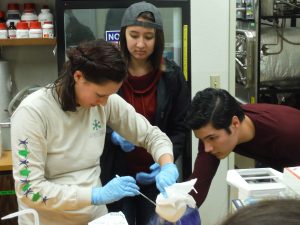
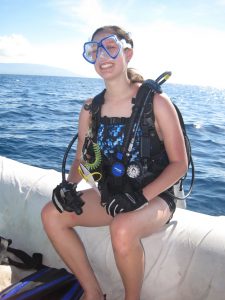
How did you select your major or concentration?
Growing up, I always said I wanted to be a doctor but I was also interested in biology in general, without a clear idea of what it meant to do research. I chose a biology major because it would provide a foundation for anything I wanted to do afterwards. Part way through a summer of doing field work, I had a moment where the actual process of research clicked in my head. I was just finished with my freshman year of college and knew essentially nothing but I was helping solve questions with unknown answers. Through the rest of college, my comprehension of biology broadened and I kept helping with assorted research projects and that gradually drew me closer and closer to the decision to attend graduate school for biology. I did not have a specific idea of what specialty I would pursue, but I wanted to do research and find more answers.
Why did you choose to focus on inner ear development?
Our lab studies the development of the inner ear in zebrafish. One aspect of the project that caught my attention is the regeneration of cells in the zebrafish ear. In humans (and other mammals), the death of hair cells—the cells that detect sound and motion in the ear—leads to permanent hearing loss because we do not regrow these cells. If zebrafish hair cells are damaged, though, they can be regenerated. The question is how does that regeneration occur and could it potentially point to ways to trigger regeneration in human ears. I became interested in regeneration during my masters. For that project, I studied a species of sea cucumber (Parastichopus californicus) that degenerates and regenerates all of its internal organs every single year.
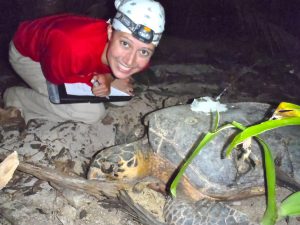

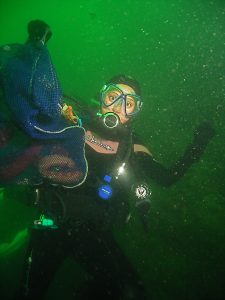
Describe the course that has had the greatest impact on your thinking.
Biostatistics was a class that surprised me. I usually dread math classes but the biostatistics course explained so much about how research is done. I had just gotten involved in research when I took my first biostats as an undergrad and it helped me connect the dots between collecting data and figuring out whether results were actually significant.
What projects are you currently working on?
I am studying how three transcription factors (molecules that turn genes on and off) help regulate the development of the sensory and neural portions of the ear. The cells that will become hair cells and those that will become neurons outside of the ear are right next to each other in early ear development. To be functional, an ear needs both hair cells and neurons so that sound and motion can be detected and then the information transmitted to the brain. Those regions require input from two signaling pathways—Fgf and Wnt—to properly develop but we do not know much about how they are coordinated in the ear. I want to understand how the three transcription factors—Pax2a, Sp5a, and Sp5l—could help mediate and integrate the directions provided by the Fgf and Wnt signals to properly establish the regions.
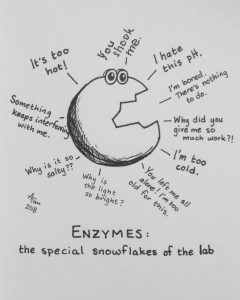

Tell me about a project or accomplishment that you consider to be the most significant in your career.
Outside of defending my masters thesis, I think the most significant accomplishment has been surviving this semester. I have passed my preliminary exams, I competed in the TAMU 3 Minute Thesis competition and won first place and audience choice in the doctoral division, and I ran my first marathon!
What is your favorite word?
Scurryfunge. It is an old word for the rushed cleaning one does between the time you know company is arriving till said company knocks on the door. It is just such a fun word and I refuse to admit how frequently it applies to the housekeeping methods employed mid-school year.
